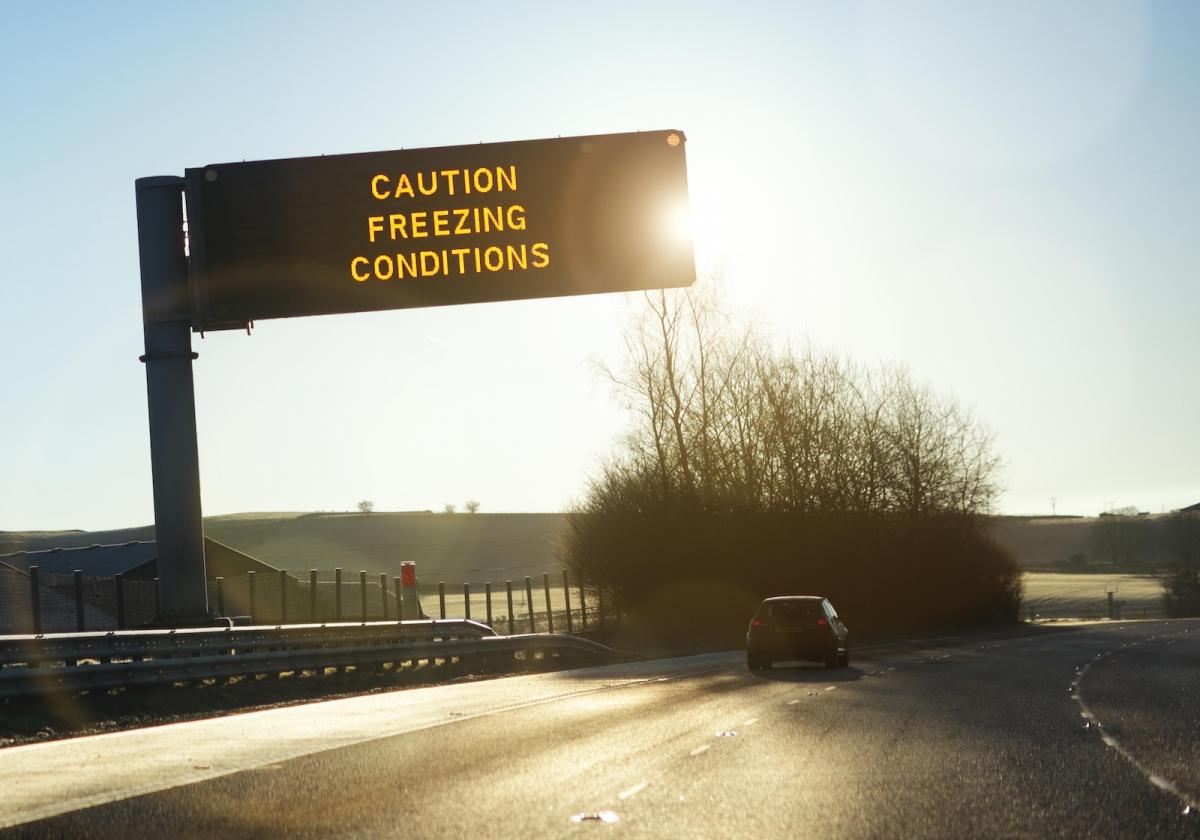Most drivers have felt the urge to tailgate – following excessively close behind another vehicle. However, this common impulse puts all road users in jeopardy.
The National Highway Traffic Safety Administration reports that tailgating plays a role in around 2,000 collision deaths and nearly 1 million injuries per year. By clinging bumper-to-bumper, drivers lose precious reaction time and braking distance, turning minor collisions into major disasters.
Overconfidence and perception biases often promote tailgating tendencies. But objective reality is unforgiving – high speeds transform small misjudgments into full-blown tragedies.
Curbing tailgating is vital for road safety. Preserving adequate cushion between cars grants critical extra seconds to respond to hazards ahead, potentially averting catastrophe.
Keep Your Distance: A Simple Lifesaving Measure
Tailgating is clearly hazardous, as rear-end crashes account for 23% of all U.S. collisions, stealing lives and inflicting devastating injuries.
By driving too close, tailgaters hamper their ability to halt safely. Stopping distances grow even longer for larger trucks and adverse conditions.
Tailgating also impedes perception (seeing dangers) and reaction (responding physically) – processes requiring approximately two seconds total under normal circumstances.
The Two-Second Rule: Give Yourself Space to React
Maintaining two seconds of following distance is the antidote to rear-end collisions. This interval should be extended while driving at night, in poor visibility, heavy traffic or through construction zones. Embracing safe following distances could save many of the lives lost unnecessarily in rear-end crashes each year.
Next time you feel the urge to tailgate, resist and hang back instead. Keep adequate space to react to sudden braking or other hazards ahead – it may avert a life-changing crash. Developing mindful driving habits grants all road users safe passage – don’t forfeit safety for questionable thrills or to save mere seconds off a commute. The two-second rule preserves the precious reaction time that could mean the difference between life and death.







